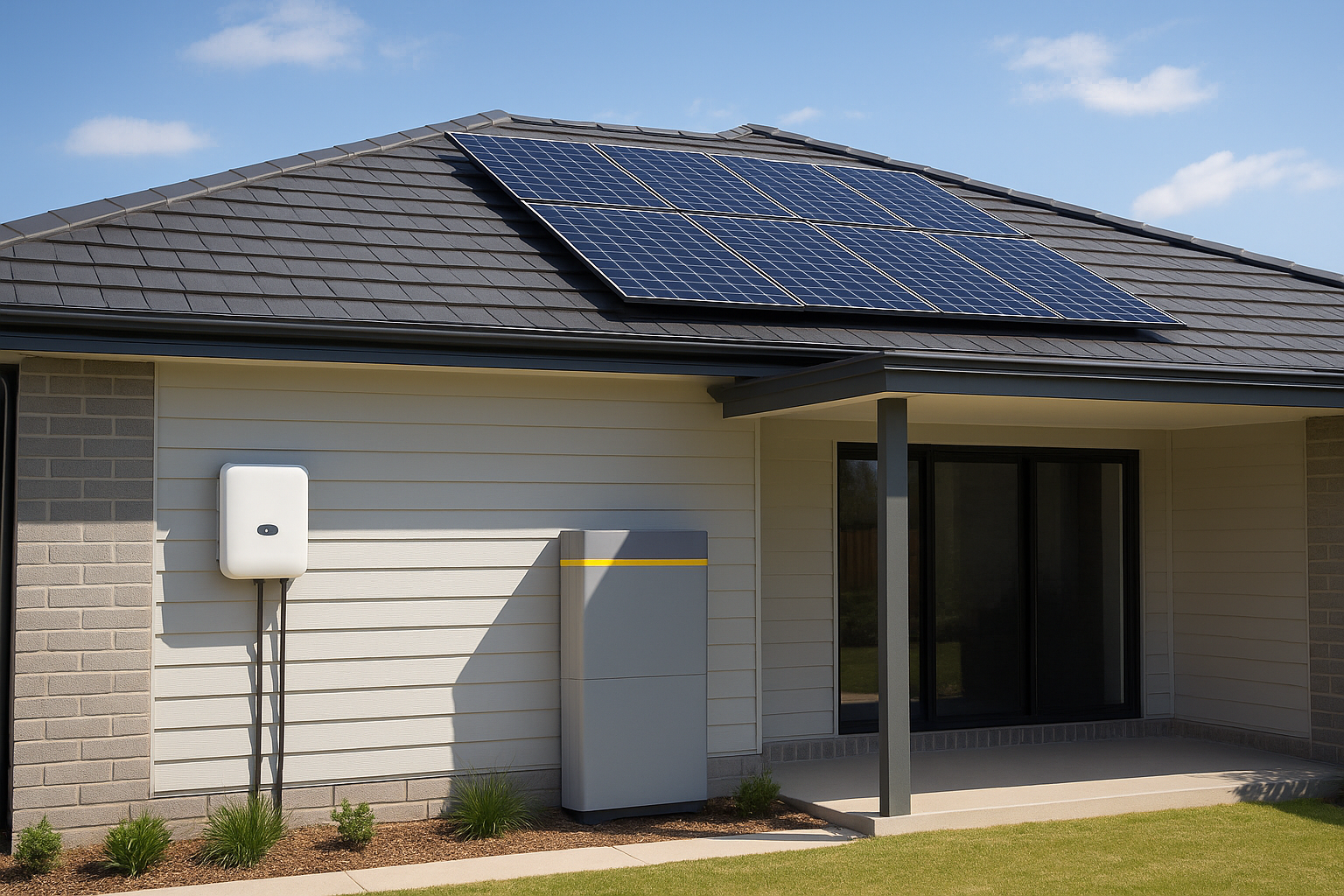Solar power has never been more popular in Australia. By 2026, over 4 million homes are expected to have rooftop solar systems installed. However, many homeowners are not getting the most from their investment.
Fortunately, a few simple upgrades and smarter management tools can significantly boost solar power performance and increase your household savings. Let’s explore how you can take your solar system to the next level this year.
1. Optimise Your Solar Panel Cleaning Routine
Dust, leaves, bird droppings, and pollution can reduce solar panel output by up to 20% if left unchecked. Therefore, regular cleaning is one of the easiest and most effective upgrades you can make.
Aim to:
- Clean panels at least twice a year
- Use soft water and a non-abrasive brush
- Avoid high-pressure washers that could damage seals
If you live near the coast or in a dusty region, clean your panels more often. Moreover, professional cleaning services can safely remove buildup while inspecting for early signs of damage.
Pro Tip: Schedule a clean after the rainy season for the best performance boost.
2. Upgrade to Smart Solar Monitoring
Modern solar monitoring tools allow you to track your system’s production in real time. These insights help you detect inefficiencies and optimise usage patterns.
Smart apps can show when your panels generate the most energy, so you can schedule heavy-use appliances (like dishwashers or EV chargers) accordingly.
For instance, the ACT Government’s Climate Choices Web Tools platform includes resources to help you analyse household energy use and identify areas for improvement.
By monitoring data regularly, you’ll quickly notice if performance drops — a sign it’s time for cleaning, maintenance, or inverter servicing.
3. Add or Upgrade a Home Battery
If your solar power regularly exports to the grid, adding a home battery can store that energy for later use. As a result, you’ll rely less on grid electricity and cut your power bills dramatically.
In 2026, battery technology is more affordable and efficient than ever. Even if you already have a small battery, upgrading to a higher-capacity model can extend your overnight usage.
Moreover, smart batteries can integrate with home energy management systems, automatically storing excess solar power when prices are lowest.
Tip: Before upgrading, check your inverter compatibility — not all systems support battery add-ons.
4. Improve Your Home’s Energy Efficiency
Sometimes, the best way to boost solar performance is by reducing your overall energy demand. Small changes in how you use energy can make a big difference in how much solar power goes further.
Consider:
- Upgrading to energy-efficient LED lighting
- Using smart power strips to eliminate standby drain
- Installing insulation to reduce heating and cooling costs
- Setting appliances to run during daylight hours
Additionally, online tools such as Climate Choices ACT can help you measure and manage your household’s total energy consumption. Combining solar with energy efficiency creates a powerful, cost-effective system.
5. Reassess Your System’s Size and Orientation
Your energy needs may have changed since you first installed solar — especially if you’ve added new appliances, a heat pump, or an EV charger.
If your power usage has grown, it might be time to expand your system or reposition panels for optimal output. South-facing roofs in Australia can underperform compared to north-facing ones, so panel tilt and direction matter.
To determine whether your current system is still the right fit, consider requesting an updated performance check from a Clean Energy Council–accredited installer.
Request updated solar quotes here: https://quotes.solarproof.com.au/request-solar-quotes/
6. Maintain Your Inverter and Cabling
Your inverter is the “brain” of your solar system — yet it’s often the most overlooked component. Regular servicing helps prevent costly breakdowns and ensures your panels’ output isn’t wasted.
Schedule an inspection every 2–3 years to:
- Check for software updates
- Inspect cabling and connection integrity
- Clean cooling fans and ventilation areas
Furthermore, if your inverter is over 8–10 years old, upgrading to a modern model can improve conversion efficiency by up to 5–10%.
7. Plan for Smart Integration and Future Tech
As smart homes become the norm, integrating your solar system with connected devices can further enhance performance.
Smart thermostats, EV chargers, and automated load controllers can sync energy use with solar generation times — ensuring maximum self-consumption.
In 2026, many new inverter systems come with built-in AI-based optimisation, which adjusts output dynamically based on weather and usage trends. Therefore, upgrading may not just save you energy — it could automate your entire home’s efficiency.
Final Thoughts
Improving your solar energy performance doesn’t always require expensive upgrades. With simple steps — from cleaning and monitoring to smart management — you can boost efficiency and get more value from your existing system.
For even greater savings, combine your insights from the Climate Choices ACT Web Tools platform with personalised recommendations from local installers.
Ready to optimise your system? Compare verified installer quotes and upgrades now: Request Solar Quotes

